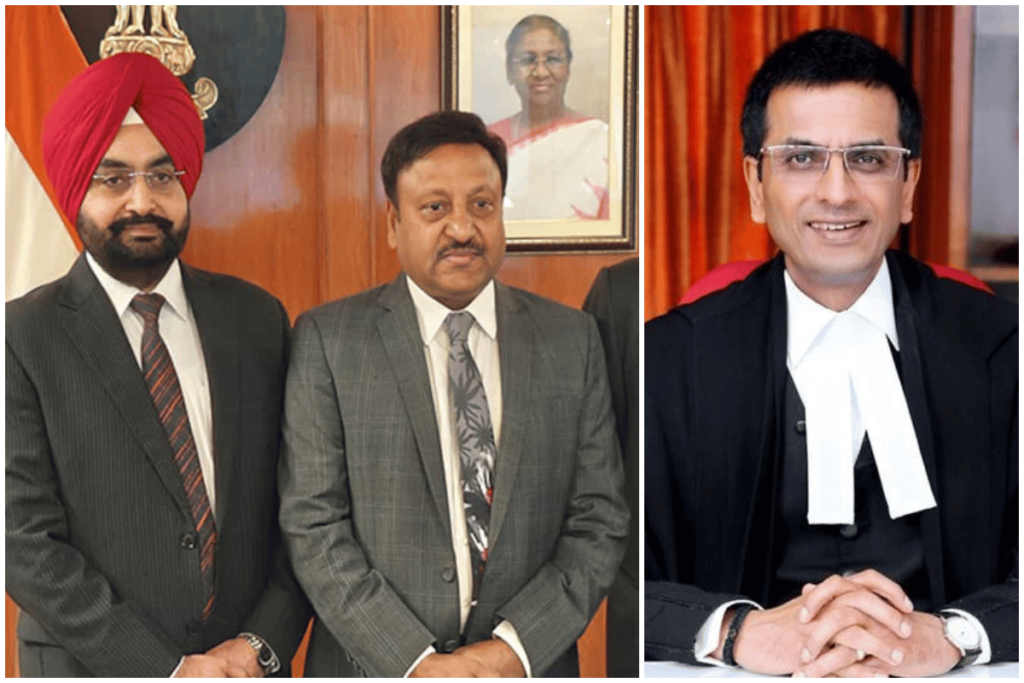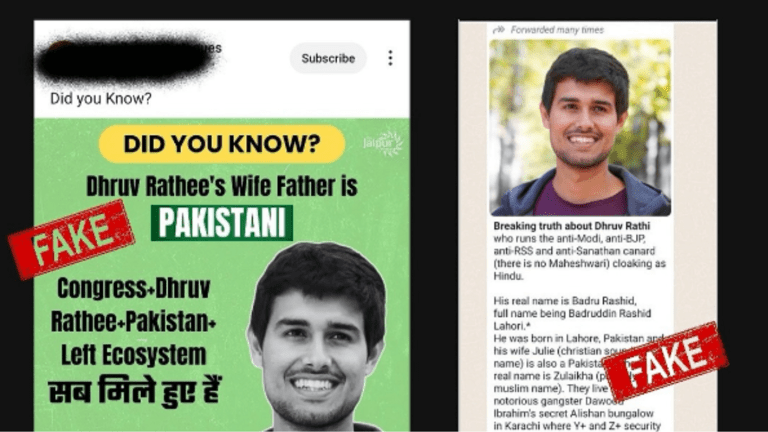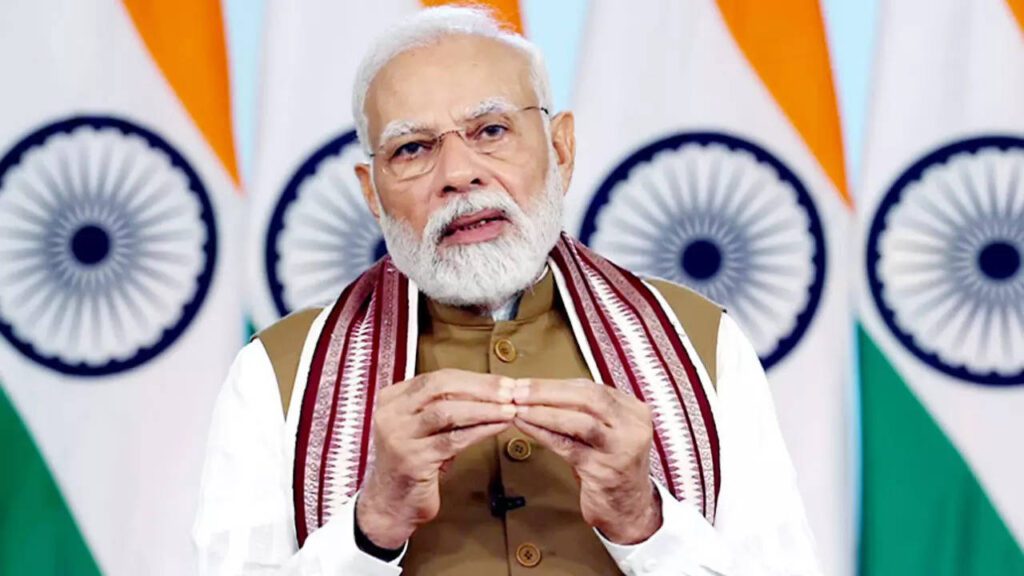In a significant development that has sparked controversy and raised questions about electoral transparency, the Election Commission of India (ECI), a close ally of the ruling Bharatiya Janata Party (BJP), has found itself in the spotlight. The Supreme Court had directed the ECI to upload Form 17C on its website, a document that records the exact number of votes polled in each phase of an election, aiming to enhance transparency and public trust in the electoral process. However, the ECI’s response has been met with widespread skepticism and criticism.
Supreme Court’s Directive
The Supreme Court’s directive was straightforward: upload Form 17C to ensure transparency in the electoral process. This move was seen as a crucial step towards providing the public with verifiable information about vote counts, thereby bolstering the credibility of election results. In a democratic setup, transparency in the voting process is fundamental to maintaining public trust and ensuring the integrity of elections.
ECI’s Controversial Response
On being asked to comply, the ECI cited concerns about potential misuse of the data. They argued that making Form 17C publicly available could lead to people photoshopping the documents, which might create confusion and misinformation. This reasoning, however, has not been well-received. Critics argue that in an age where digital forensics and verification methods are highly advanced, such concerns can be effectively managed. Moreover, this response has inadvertently cast doubt on the ECI’s willingness to uphold transparency.
Implications and Accusations
The reluctance of the ECI to share the exact vote counts has led to a flurry of accusations and suspicions. Many believe that this reluctance is an attempt to obscure possible electoral manipulations. The timing and the nature of the ECI’s response have fueled speculations that there might be undisclosed reasons behind their decision.
One of the most significant accusations is that the ECI’s stance benefits the BJP, which has been confident of securing over 400 seats in the elections. This confidence, juxtaposed with the ECI’s hesitation to release detailed voting data, has led to allegations of possible electoral malpractice.
Supreme Court Hearing on May 24th
As the controversy continues to brew, all eyes are now on the Supreme Court, which is set to hear the case on May 24th. There is a palpable sense of anticipation and hope that Chief Justice of India (CJI) D.Y. Chandrachud will address the issue with the seriousness it warrants. Many believe that a strong directive from the Supreme Court could compel the ECI to adhere to greater transparency, thereby restoring faith in the electoral process.
The Path Ahead
The case underscores a broader concern about the need for transparency and accountability in democratic institutions. If the Supreme Court mandates the public disclosure of Form 17C, it could set a significant precedent for future elections, ensuring that the electorate has access to crucial information about vote counts. Such a move would be a decisive step towards safeguarding the democratic process from doubts and allegations of manipulation.
In conclusion, the ECI’s reluctance to publish Form 17C has ignited a critical debate on electoral transparency in India. As the nation awaits the Supreme Court’s decision, the hope is that justice and transparency will prevail, reinforcing the democratic values that form the bedrock of India’s political system.



